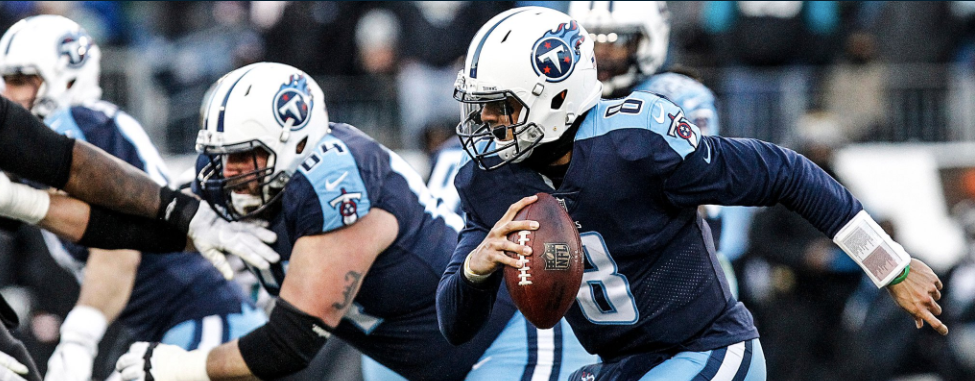Final Presidential Debate fact check: Trump, Clinton right?
Published 9:11 pm Wednesday, October 19, 2016
WASHINGTON (AP) — Hillary Clinton and Donald Trump both struggled in the final presidential debate to explain comments from their past. A look at some of the claims from the debate:
CLINTON, on Trump’s charge that she called for open borders in a 2013 speech to a Brazilian bank: “I was talking about energy.”
THE FACTS: She was actually talking about more than energy, but apparently less than an open border that immigrants can spill across at will, according to the partial transcript released by WikiLeaks.
Clinton said in the speech that “my dream is a hemispheric common market, with open trade and open borders, sometime in the future with energy that is as green as sustainable as we can get it, powering growth and opportunity for every person in the hemisphere.” The remarks suggest a broad interest in open trade but were not necessarily evidence that she would support the unfettered movement of people, as Trump charged.
___
CLINTON: “I want to make college debt free.”
THE FACTS: Clinton might aspire to that lofty goal, but she has only proposed making college tuition free for in-state students who go to a public college or university. Even with expanded grant aid, room and board can lead students to borrow.
Clinton would have the government pay for in-state tuition at public colleges and universities for students from families earning less than $125,000 a year. Students would still need to foot the bill for housing and food, which makes up more than half of the average $18,943 sticker price at a four-year public university, according to the College Board.
But Trump is correct that government would shoulder higher costs with Clinton’s plan.
Her plan would cost the federal government an estimated $500 billion over 10 years, with additional costs possibly for state governments.
___
TRUMP: “Her plan is going to raise taxes and even double your taxes.”
THE FACTS: Clinton’s plan wouldn’t raise taxes at all for 95 percent of Americans, according to the nonpartisan Tax Policy Center. The very wealthiest would take the greatest hit, though a doubling is highly questionable.
Two-thirds of her proposed increases would hit the top 0.1 percent of richest Americans, the center estimates. The main components of her tax plan: a minimum 30 percent tax on those earning at least $1 million a year, and a 5 percent tax surcharge for those earning more than $5 million a year. She would also cap the value of tax deductions and exclusions for wealthier taxpayers.
___
CLINTON on her opposition to the Trans-Pacific Partnership trade deal: “It didn’t meet my test.”
THE FACTS: It met her test when she was secretary of state and she promoted it worldwide.
Hacked emails from Clinton’s campaign, released Wednesday by WikiLeaks, showed that Jake Sullivan, her top foreign policy adviser, called her a “big champion” of the deal and worried about how to handle the issue in the face of Sen. Bernie Sanders’ opposition. She later flip-flopped into opposition during the Democratic primaries against Sanders.
Clinton says she no longer backs the proposed trade deal as written because it does not provide enough protections for U.S. workers on wages, jobs and the country’s national security. Yet the final deal also includes some of the strongest labor protections of any U.S. trade agreement.
___
TRUMP: “Hillary Clinton wanted the (border) wall. Hillary Clinton fought for the wall in 2006 or thereabouts. Now, she never gets anything done, so naturally it wasn’t built.”
THE FACTS: He’s partly right. As a senator from New York, Clinton did support the 2006 Secure Fence Act, which authorized the construction of hundreds of miles of fencing along the U.S.-Mexico border.
But it was built, contrary to Trump’s assertion. Nearly 700 miles of fencing was put in place during President George W. Bush’s second term and the beginning of President Barack Obama’s first term.
The fencing is placed largely in urban areas along the nearly 2,000-mile frontier. It is not the type of solid wall that Trump has pledged to construct at Mexico’s expense. The fence has miles-long gaps and gates built in to allow landowners access to their property on the south side of the fencing. Immigrants have been known to go over and around the fence.
___
TRUMP: “So I just left some high representatives of India. They’re growing at 8 percent. China is growing at 7 percent. And that for them is a catastrophically low number. We are growing, our last report came out and it’s right around the 1 percent level and I think it’s going down.”
THE FACTS: China and India are growing faster in large part because they’re playing catch-up to the United States, the world’s largest economy. Those two Asian countries are starting from a much lower baseline with a much larger population than the United States, meaning that by definition they should be growing faster. Economists would warn of a dangerous bubble if the United States grew that quickly and financial markets would fear a devastating recession to follow.
But China and India aren’t any better off than the U.S., said former Federal Reserve Chairman Ben Bernanke in an analysis released Wednesday. On a per-capita basis, China has just 10 percent of the United States’ income. India has about 6 percent.
Factoring in life expectancy, inequality and leisure, Bernanke notes that the United States comes off even better.
___
TRUMP: “Last week, as you know, the end of last week, they came out with an anemic jobs report. A terrible jobs report.”
THE FACTS: The September jobs report that Trump calls “terrible” is actually viewed by most economists as encouraging. Employers added 156,000 jobs last month and the unemployment rate ticked up to 5 percent because more Americans felt confident enough to start looking for jobs, a positive sign.
___
Associated Press writers Stephen Braun, Christopher S. Rugaber and Alicia A. Caldwell contributed to this report.




